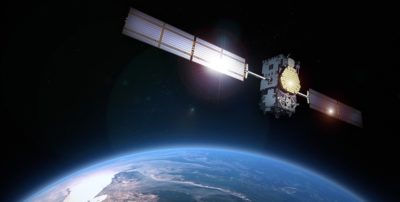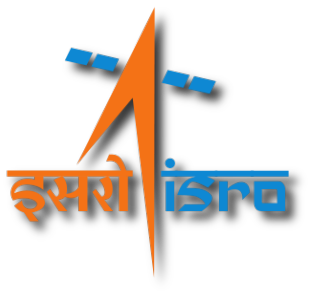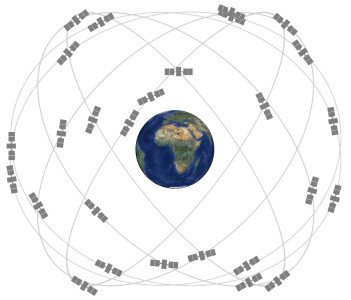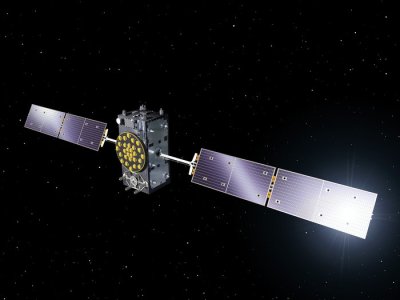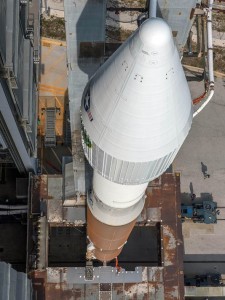The Australian government announced last week that it intends to invest around $12 million in a two-year program to help improve global satellite positioning in the country. The funding will go towards testing the use of satellite-based augmentation systems (SBAS) in the country. These systems are designed to provide instant, accurate positioning when combined with navigational satellite constellations.
We wrote previously about how Australia has historically had some minor accuracy issues with GPS, and even had to issue a correction late last year to account for inaccurate coordinates due to drifting. This project represents Australia’s first foray into the satellite positioning sector, and it has the potential to provide quite a few benefits to the country, and will be available for civilians as well as military and commercial organizations.


